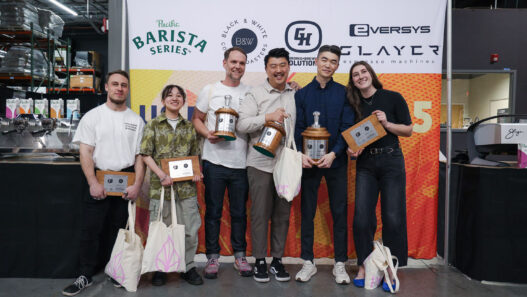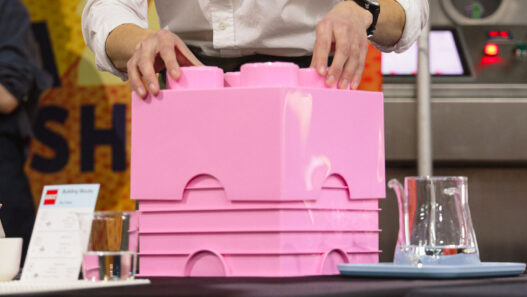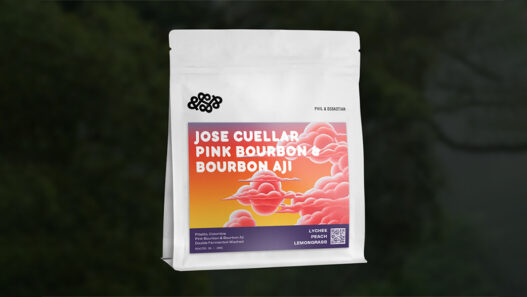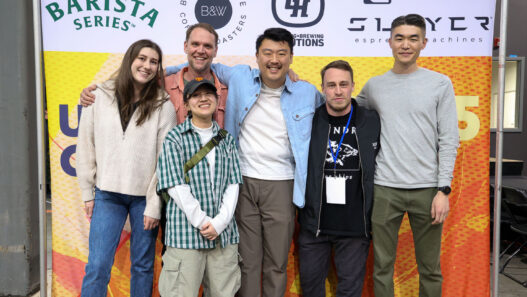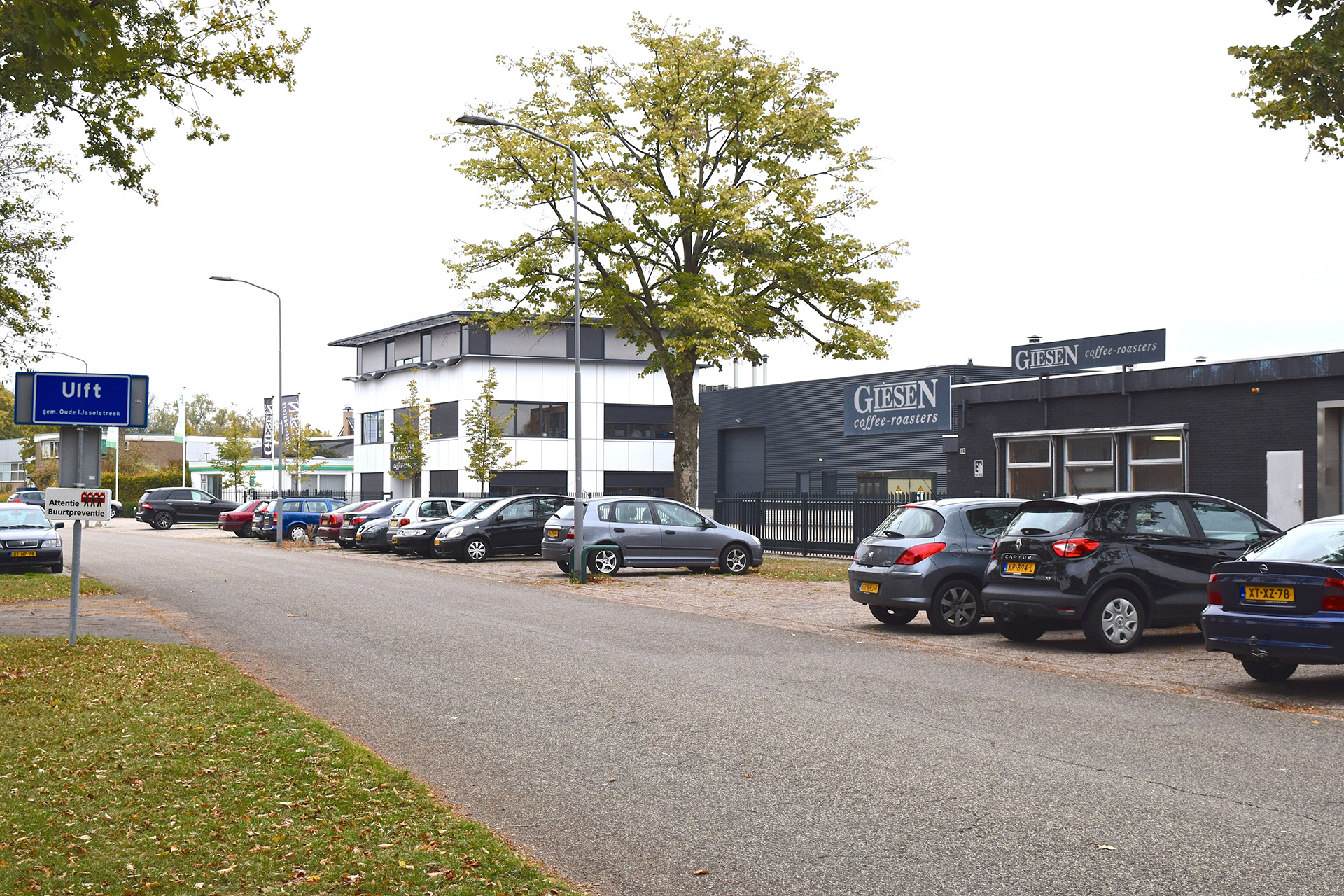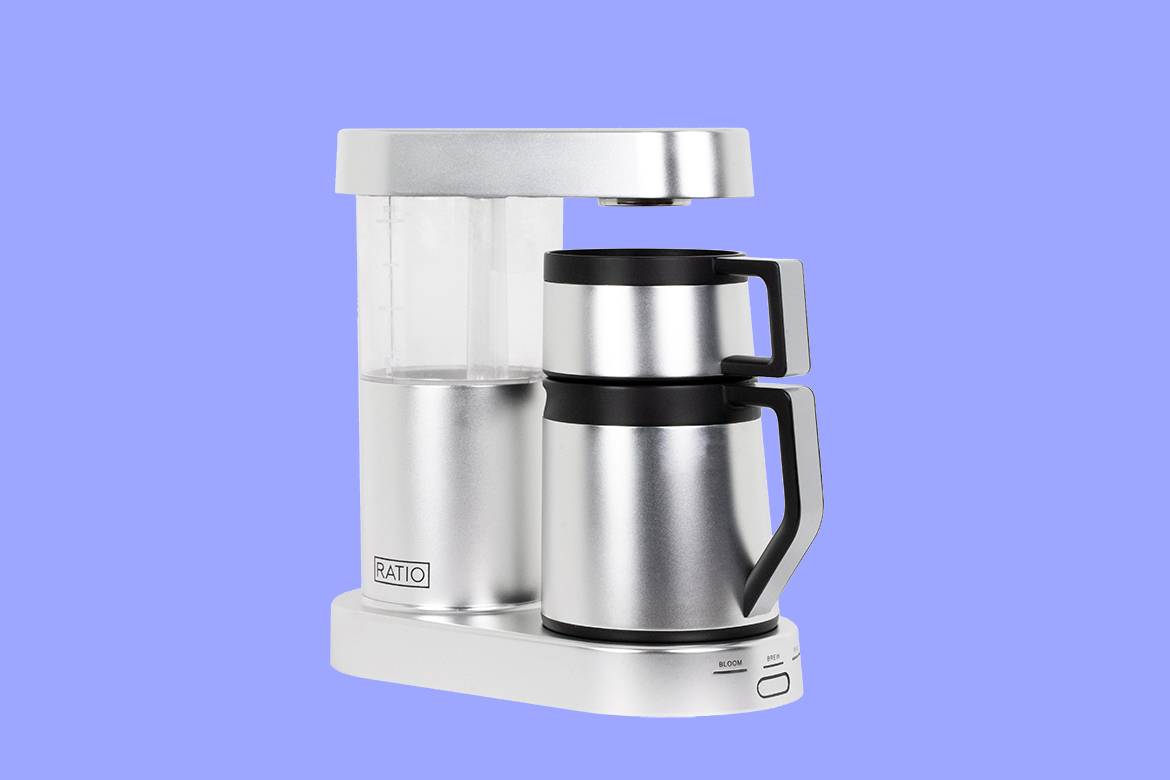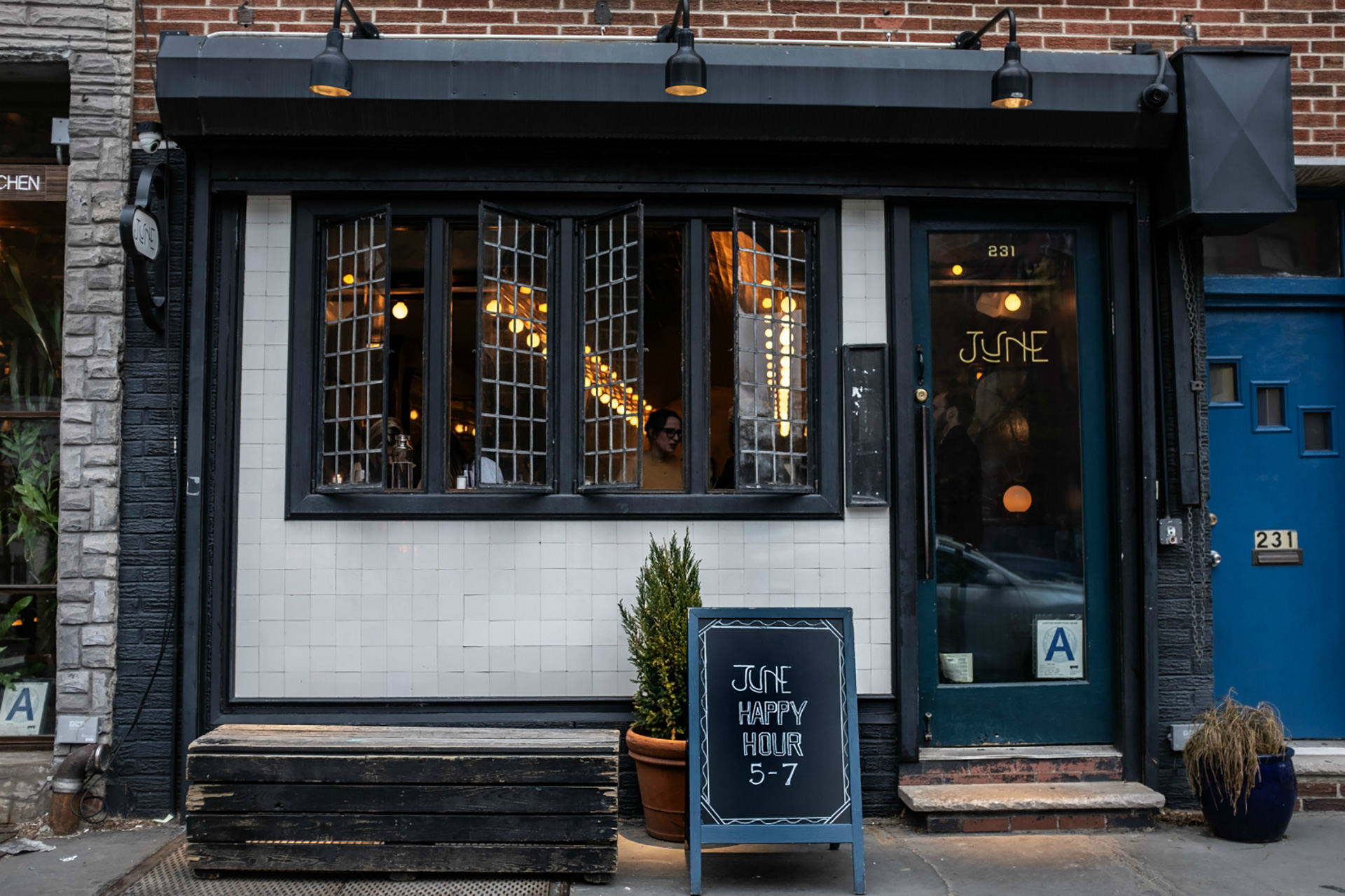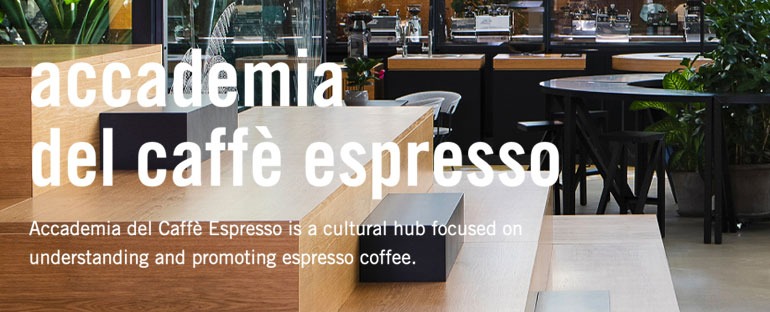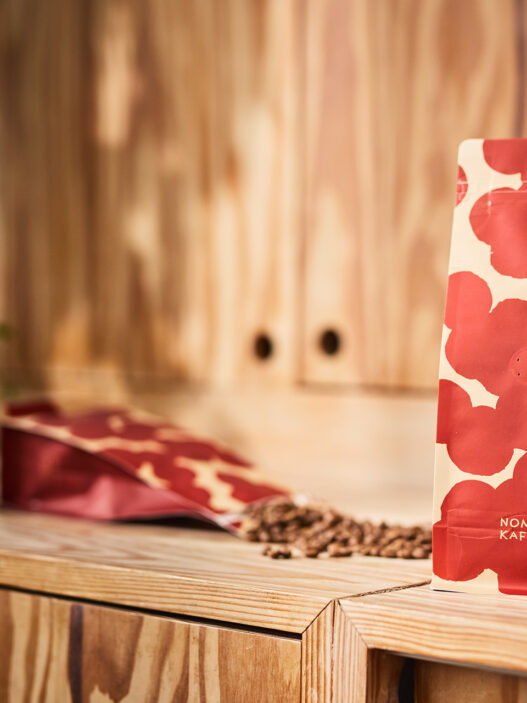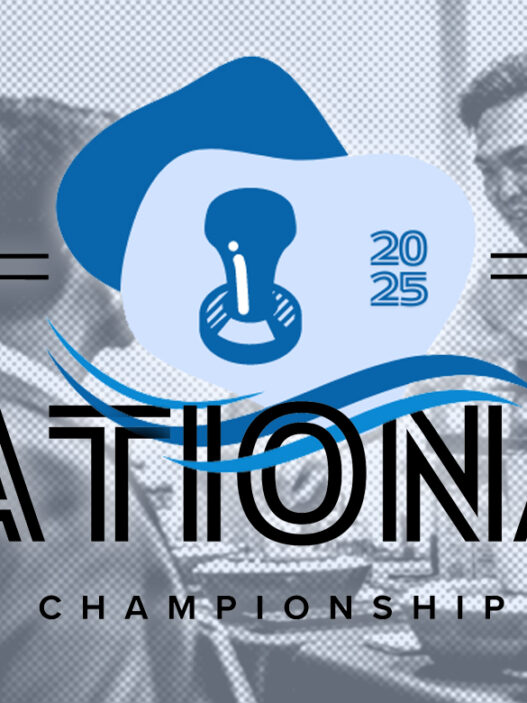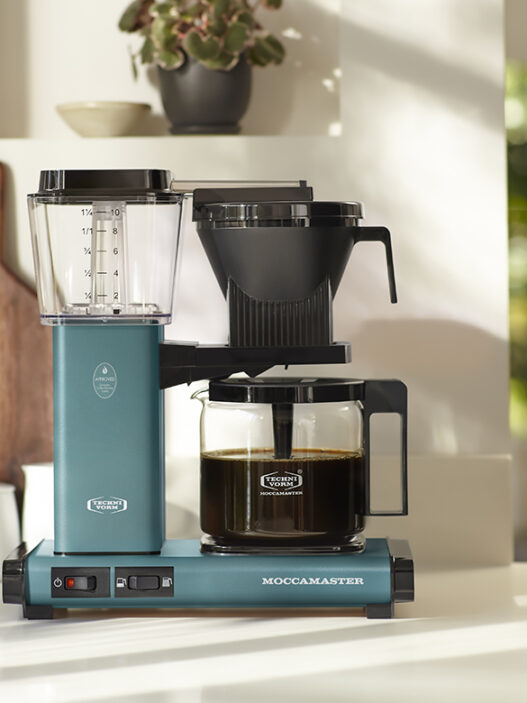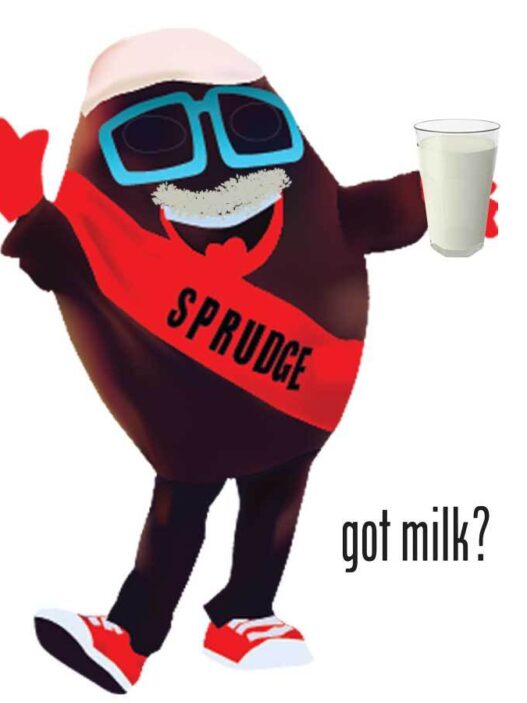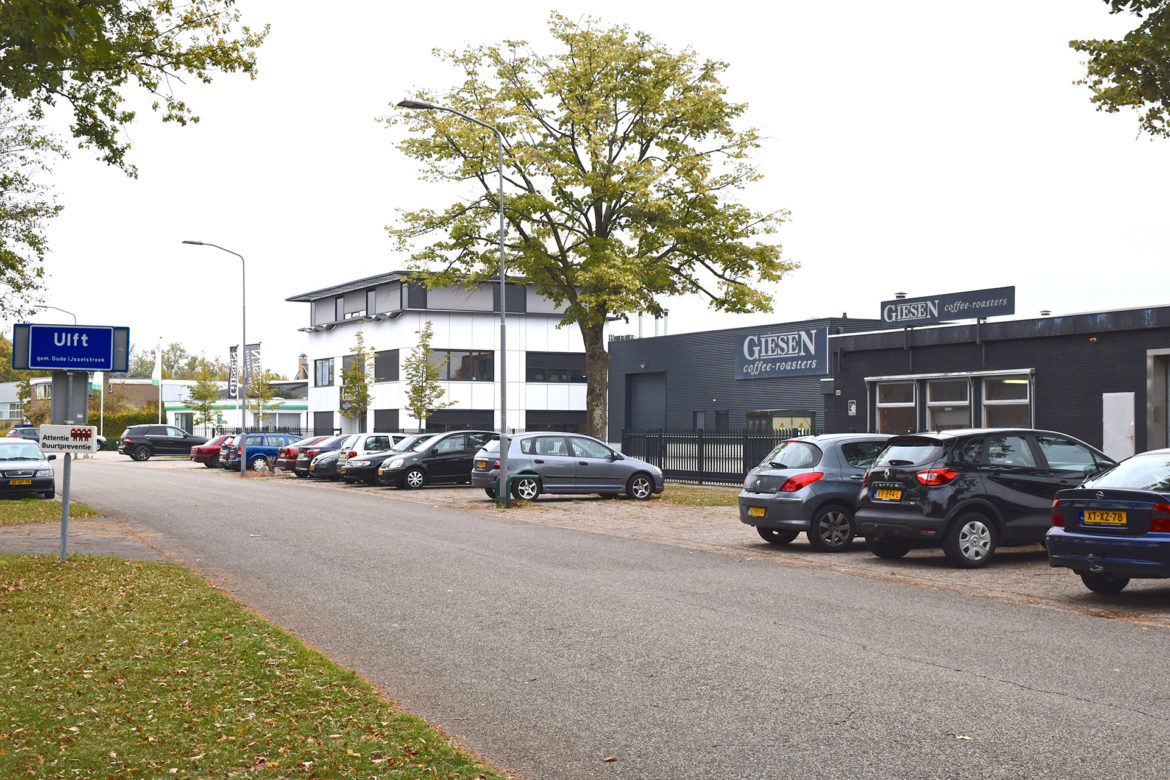
Last fall, I finally got the chance to visit Giesen Coffee Roasters. Almost two years of intermittent emails, calls, texts, and mild-mannered coffee festival doorstepping had transpired between my first interview request and the morning I found myself journeying from home in Amsterdam to Giesen headquarters in Ulft. A bike, three trains, and a bus got me to the town, located in the province of Gelderland and, more precisely, within what is known as the Achterhoek, the country’s “back corner;” Germany is just a half-hour walk east.
That Monday was so chilling that most horses in fields along the way were draped with blankets and the still-erect sunflowers were suddenly shriveled. But as I would learn while sitting comfortably in the Giesen showroom that overlooks their production line, the visit’s timing was favorable. Many of their buyers want new roasters before Christmas or year-end, so I was seeing the factory in full flourish. What’s more, there was news for the new year.
In early 2019, Giesen unveiled its largest industrial-scale roaster: the W140A, which has been in development since 2017 and is named for its 140-kilo batch capacity and its automatic controls. Also due to debut is Giesen’s new roast profile software, promising to be more advanced, user-friendly, and remotely monitorable than its original version.
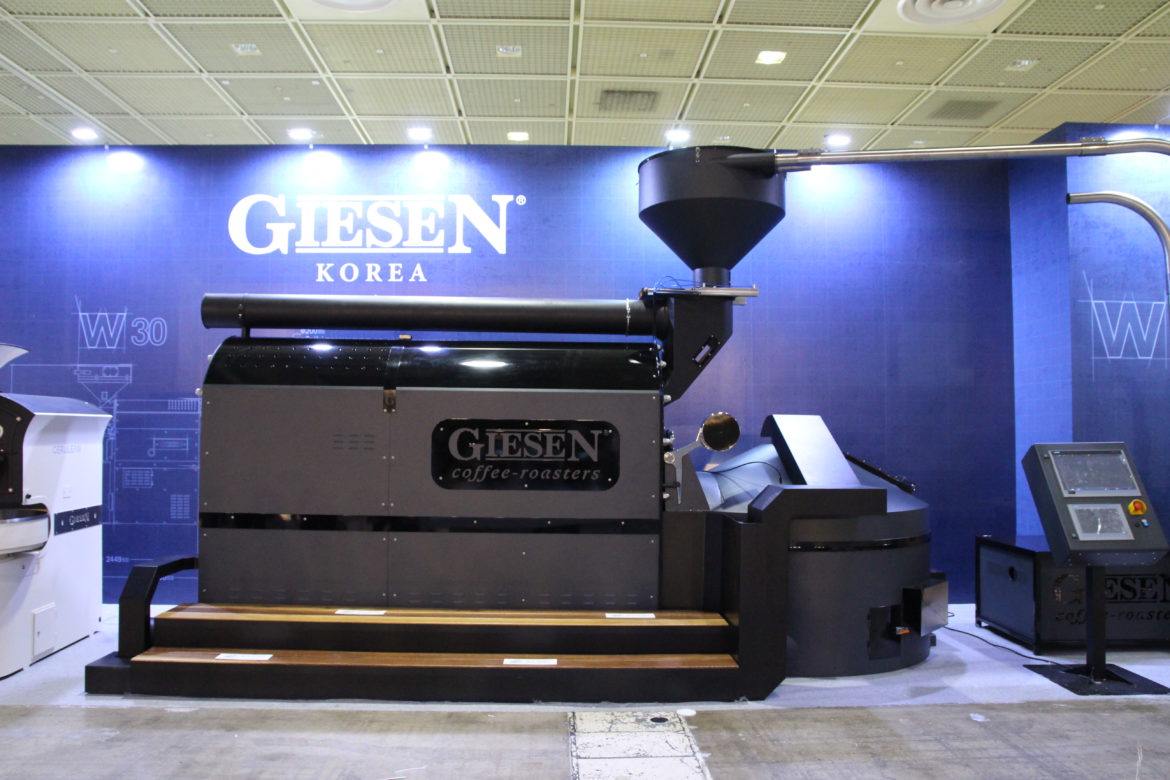
Giesen is officially 12 years old, though it emerged from another entity that, in more ways than one, was its parent company. De Eik, as it was called, was a metalware factory that made parts and products for businesses in the area. One notable customer was Probat, the century-and-a-half old roaster manufacturer in Emmerich am Rhein, Germany, for whom De Eik made complete machines. De Eik was founded in 1988 by the father of Karin Bussink, who married Wilfred Giesen. When Bussink’s father died at age 50, about 25 years ago, Karin and Wilfred took over. They carried on with the metalsmithing, but in 2006, Wilfred decided to make his own fully realized roaster.
“We thought we could make a better roaster because we had the knowledge of how to build it, and we saw potential for a lot of improvements,” says Davey Giesen, Karin and Wilfred’s eldest child. “That was the point that my father designed the first roaster, the W6, and also put it on the market.”
He was just about a year old back then, but now, at age 26, is Giesen’s COO. Davey has been with the company for six years and has clearly been keeping notes.
“I think I was number 18,” he specifies, referring to where in the sequence of staff hires he falls. “So I saw the company grow.”
Studying IT and, on nights and weekends, pursuing a bachelor’s degree in management have helped prepare him for daily company duties, though his coffee education began much earlier. He got hands-on training working full-time for a year at the micro-roastery and shop that his parents ran in the nearby town of Doetinchem. They opened Koffiebranderij Venetië in 2008 “because they wanted to show how it should be done in the field,” says Davey. Besides providing a setting to test out Wilfred’s earliest products, the venue gave Giesen customers real-life, real-time lessons in running a roastery.
“But after some time,” Davey explains, “we didn’t have any time to run a roastery because of course we were getting better and better at building roasters. And we want to put the energy more into the factory than the roastery.”
Though they sold the shop about eight years ago, it still exists, and the current owners continue using the original W6A that Wilfred installed there. A souvenir from that chapter in the family’s entrepreneurial history appears in the form of the Koffiebranderij Venetië-logoed cup in which I am served coffee shortly after arriving at Giesen headquarters. Ebullient sales representative Miguel de Boer has prepared the drinks, and I talk with him before heading into the factory itself.
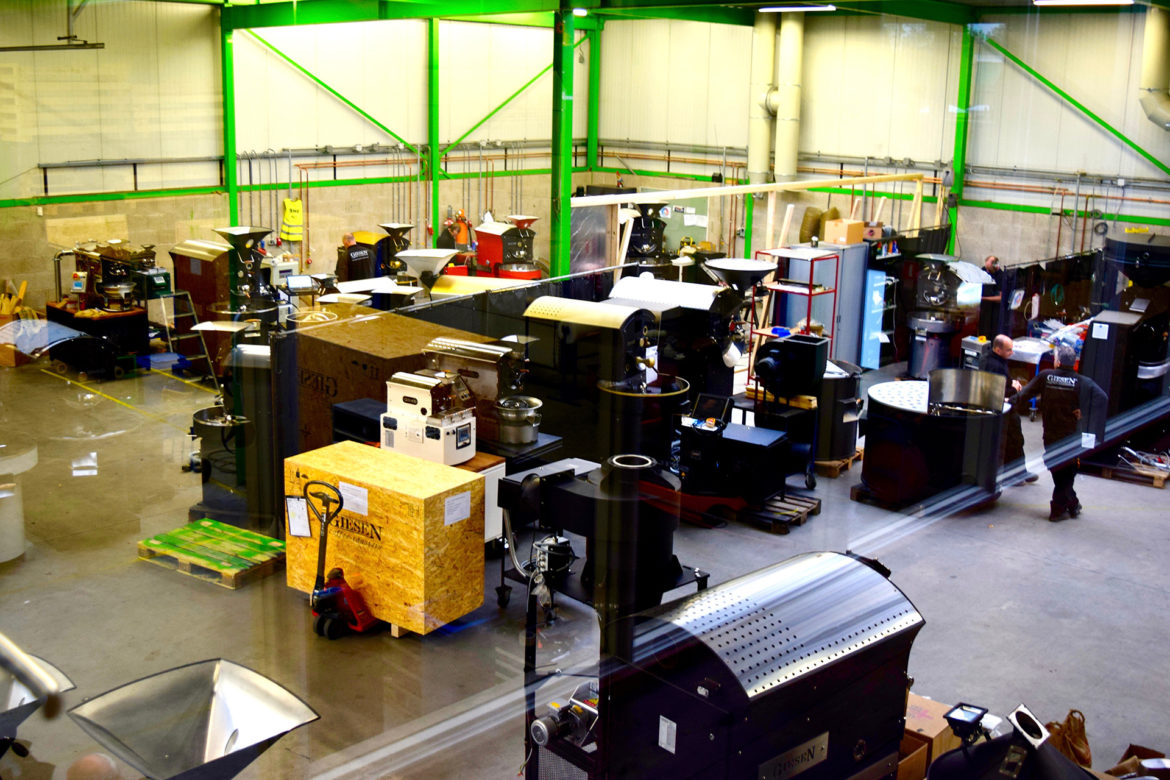
“We started 10 years ago with 10 people, and up until two years ago, in 2016, we had 50. In the last two years, we really expanded a lot,” he says.
Like the majority of Giesen’s staff, De Boer is a relatively recent hire. He appreciates the sales culture at Giesen after spending years as an account manager for PepsiCo, overseeing the Benelux sales of Tropicana, Gatorade, among other Big Bev and snack brands.
“In the fast-moving consumer goods, it’s hurry, hurry, hurry and small margins,” De Boer says. “Here, it’s: take it easy, big margins, no discussion about one- or two-dollar discounts. No. People might want to have a discount, but it’s not the most important thing when they want to buy quality.”
On that note, I follow De Boer on a tour. He begins in the electrical department.
“We make everything wire by wire,” he says. Here each order gets assigned a serial number and each machine-in-the-making is placed on a cart. As parts are amassed, they get checked off on a list. A photo documents the list and gets archived; this process is repeated elsewhere along the production line to ensure completeness and to keep record of what has been done when.
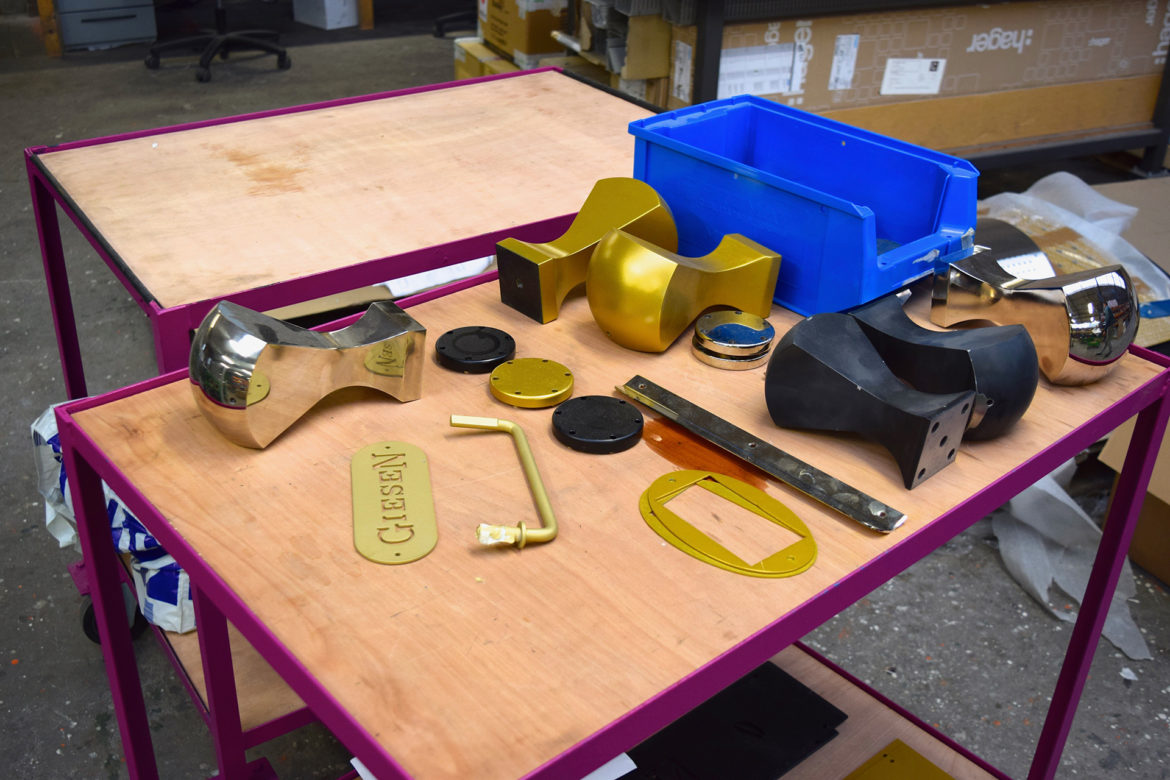
To expedite repairs, the warehouse shelves stay neatly stacked with piles of spare parts. In a fluorescent-lit office, a 24-hour service support staff sits, ready to field calls, emails, or Skypes from six continents. Visitors to the Giesen stand at World of Coffee 2018 may have noticed on hand some VR goggles and screens; a sales tool, they encourage prospective buyers to cozy up, virtually, to the various machines and envision how they might fit in their own workspaces.
The next department through which we wend is welding. Bodies of the roasters—as well as Giesen’s destoners, green bean conveyors, cyclones, filters, afterburners, presentation tables, and coffee bins—are made of steel. I see huge sheet metal rectangles resting on sawhorse tables, as casually available seeming as reams of paper might be in photocopy shop. Most materials are sourced from within Europe, and some come from very nearby. Ulft is situated in a region known as the Oude IJsselstreek, where the soil contains high amounts of iron, leading to a locally quite prolific industry; the earliest blast furnace is recorded as first appearing in 1689.
After assemblage, attention turns to surfaces. In the degreasing and painting department, a chemical scent hangs in the air, fittingly. Roasters come in standard black or customers can request a special paint job in up to three tones with a glossy or a matte finish. Lately, there has been demand for the unpainted raw look, which results in a griege coat that shows all the welding marks. Roofs come in stainless steel or hammered gold, and handles are made of olive, bubinga, or zebrano wood. Logos are not the only way to customize. De Boer is not being hyperbolic when he tells me anything is possible.
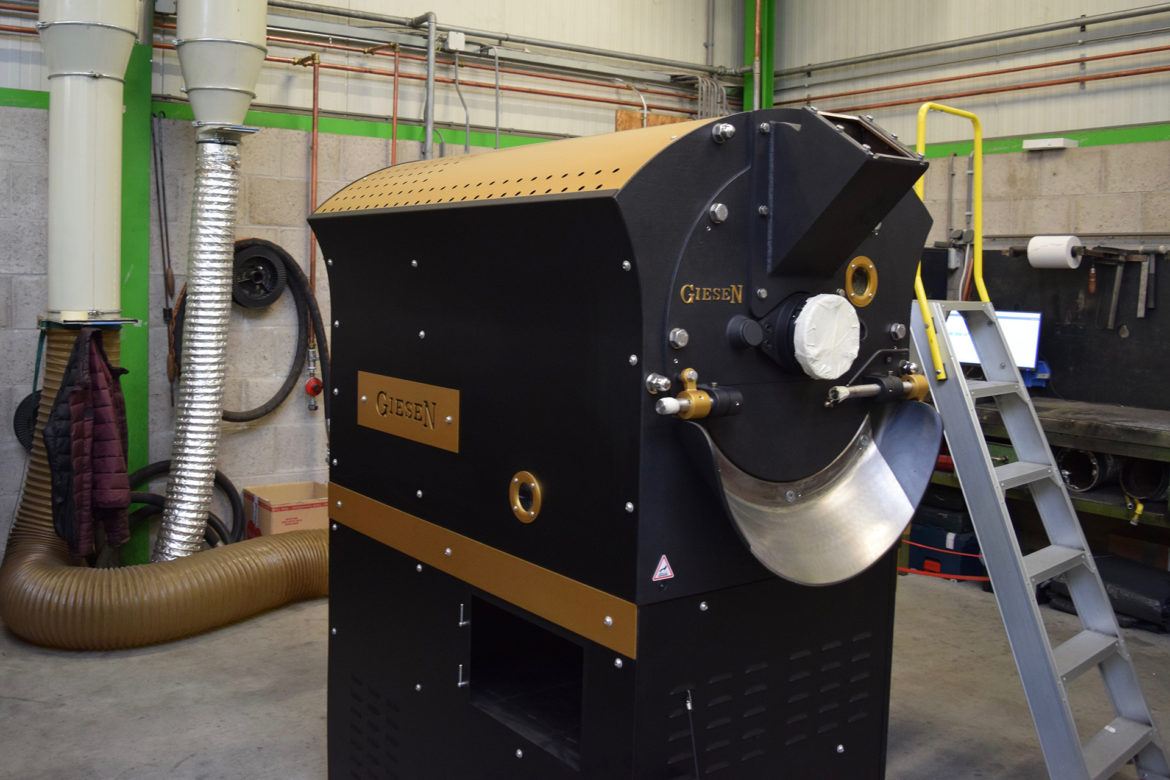
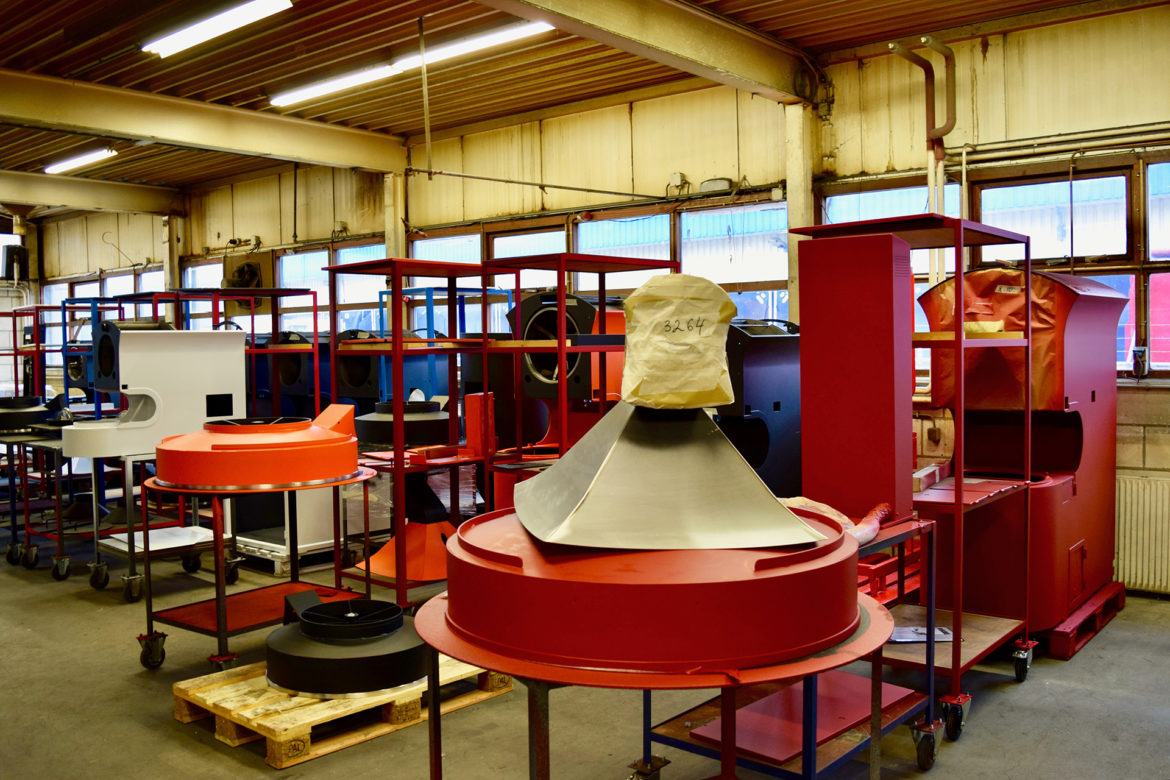
“You can have sparkles on it; you can even have Swarovski diamonds,” he says.
At the end of the production line, it is time for testing. This final step is usually executed by Wilfred, Davey, or Marc Weber, Giesen’s global sales manager. After three successful roasting sessions, a roaster is deemed ready to leave the factory.
A wall-mounted map in the front office is marked up with red and green radii showing the varying costs of delivery according to distance. The machines have all been assembled by hand in the Netherlands, and a bucolic Dutch touch travels with outgoing W1, W6, and W15 roasters. They reach their destinations by horse trailer, pulled by cars driven by the very mechanics who handle the installation. Larger machines go by truck while their mechanics catch a flight. Roasters bound for destinations that fall off the map are flown or sent by sea container. The company relies on 35 trained agents around the world who assist with sales, installation, and repairs. Where there are none regionally (for example, in Argentina and Maldives), Giesen headquarters deploys its own mechanics. These days, their market is wider than ever. I’m told that South Korea, China, and Germany are among the top purchasing countries. Roasters are still being shipped to Iran and Syria. And as of March 2018, Giesen appointed Pennsylvania-based agent David Sutfin for the US and plans to expand the Stateside team with three more agents.
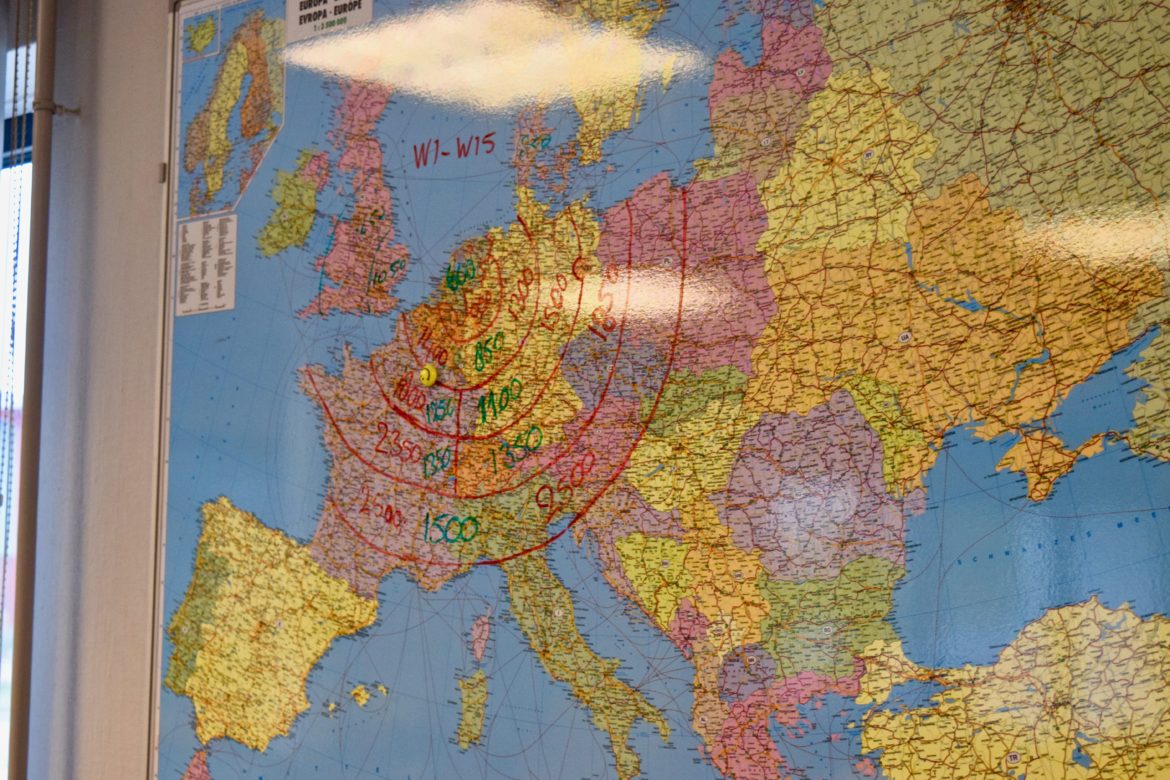
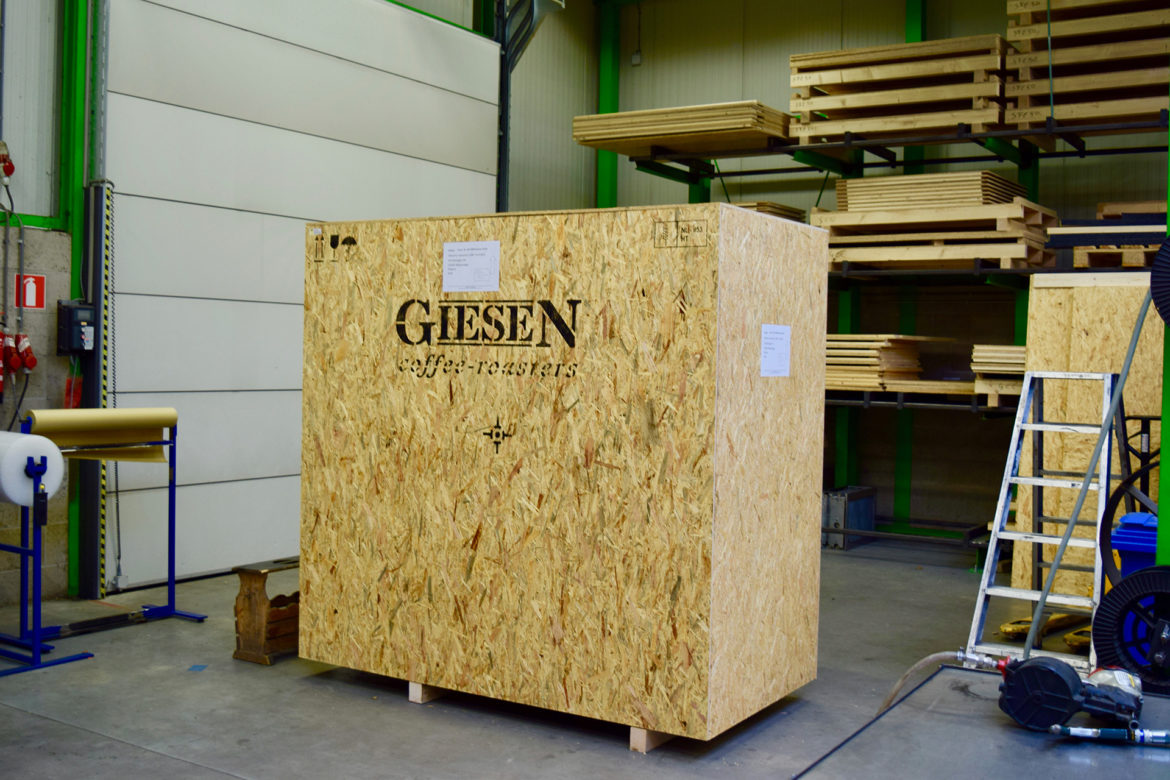
The W6A remains the most popular model. Next is the W15A sold with an external cyclone (which permits less interrupted roasting because it does not require a user to stop mid-session to remove bean chaffs from inside the machine). The smallest-capacity model is the WP1, intended for sample roasting. What must be the very smallest Giesen ever made, however, stands on a table in the showroom where I begin and end my visit. Built in honor of Wilfred’s 50th birthday, in 2016, the delightful little dummy is, literally, fit for a Barbie Dreamhouse.
Human-size Giesen equipment is also exhibited in the showroom, as is a vintage sample roaster. Between that set-up and the espresso bar, featuring a two-group Synesso MVP, the back wall displays a collection of T-shirts lately being promoted by the new marketing department employees. A recent addition is a black fitted V-neck with the company name in swash-heavy font scripted over the fuchsia outline of a W6. It makes me think of the hot pink one- and six-kilo Giesen roasters once famously purchased by Kaffismiðja Islands coffee roasters in Reykjavik. It also reflects how this once mom-and-pop heavy-metal factory is changing with the times and appealing to a broader-hued spectrum of clients.
“They sell like crazy—people just want a T-shirt with ‘Giesen’ on it,” says De Boer.
“Even when we are at events, when we close down for the day, we have to take away these items,” he shares as he points to roaster handles, the likes of which expo attendees have apparently pilfered in the past. Still, De Boer sounds more flattered than flummoxed.
On a daily basis, Karin and Wilfred handle general management. Davey’s younger brother, Dani Giesen, oversees facilities and building management. The youngest Giesen sibling is still in secondary school, so it is premature to say if her future is at the factory. Regardless, the family is well positioned to communicate with a major rising segment of the coffee industry: younger people and their globally, millennially minded counterparts. I ask Davey what he has observed of his peers, particularly in comparison to his parents’ coffee industry cohorts.
“They do a lot of things differently,” he replies. “The older generation still want to have manual controls and want to see everything analog, and the generation after that is more about automatization, running a better business. They really use the profile system to control the roaster and all that kind of thing, so it’s more about the digital world.”
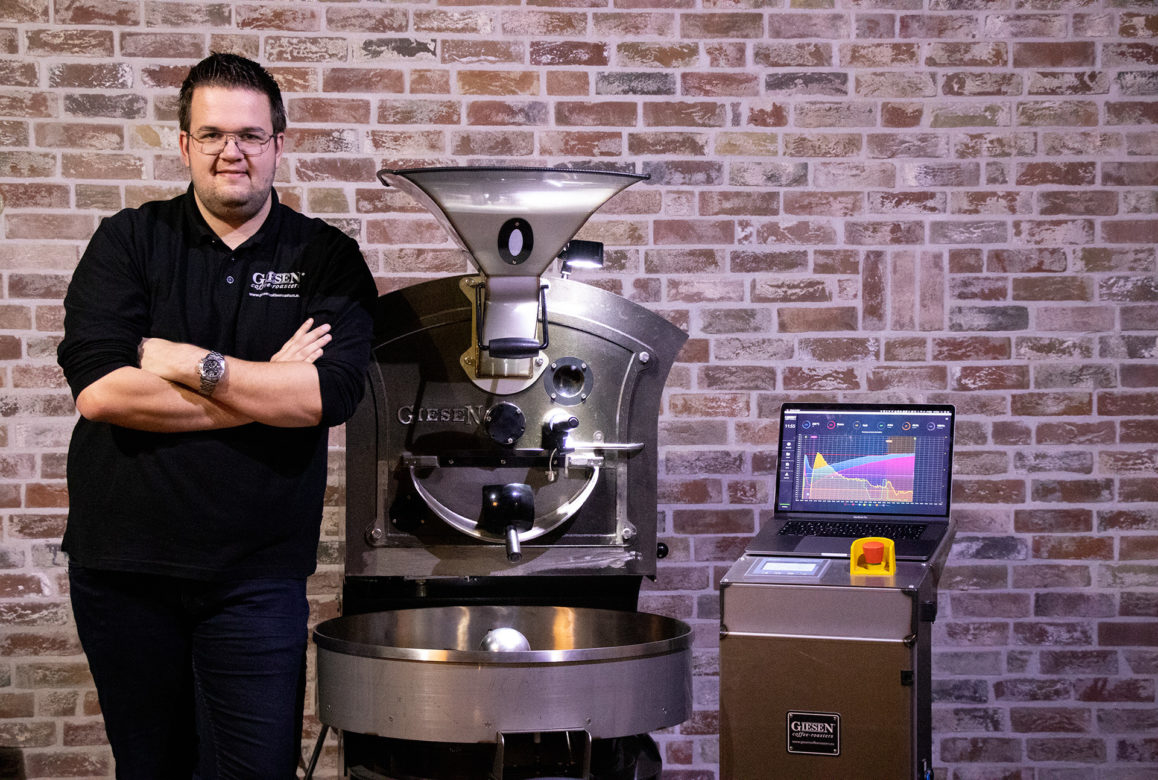
When I inquire about gender balance among clients, Davey acknowledges that “the market is more men than women.” He adds, “But we find it really good that more women are building roasteries. We also see a lot of couples doing this together, husbands and wives.”
The life-partners-as-corporate-partners format has certainly yielded much for the Giesens. In giving a new, more narrowly defined purpose to an old factory, Wilfred and Karin have enriched the specialty coffee industry with their products and their progeny. Both contributions are relatively young, but their potential to keep upping the quality of roasting and its accessibility for everyone is profound.
Karina Hof is a Sprudge staff writer based in Amsterdam. Read more Karina Hof on Sprudge.






